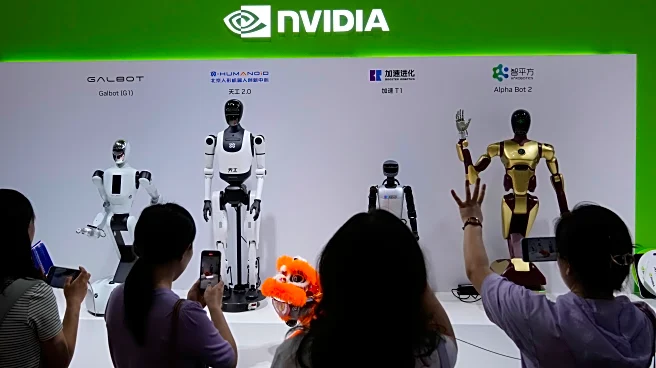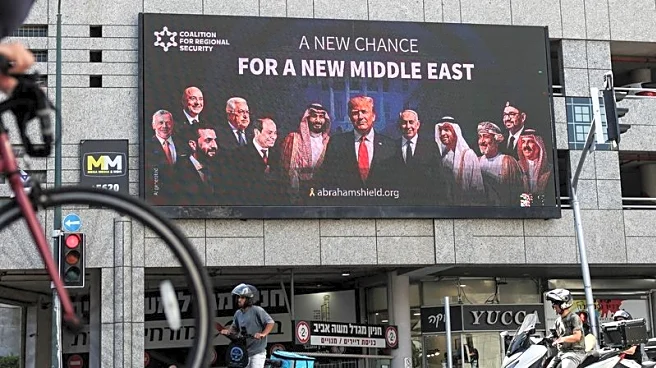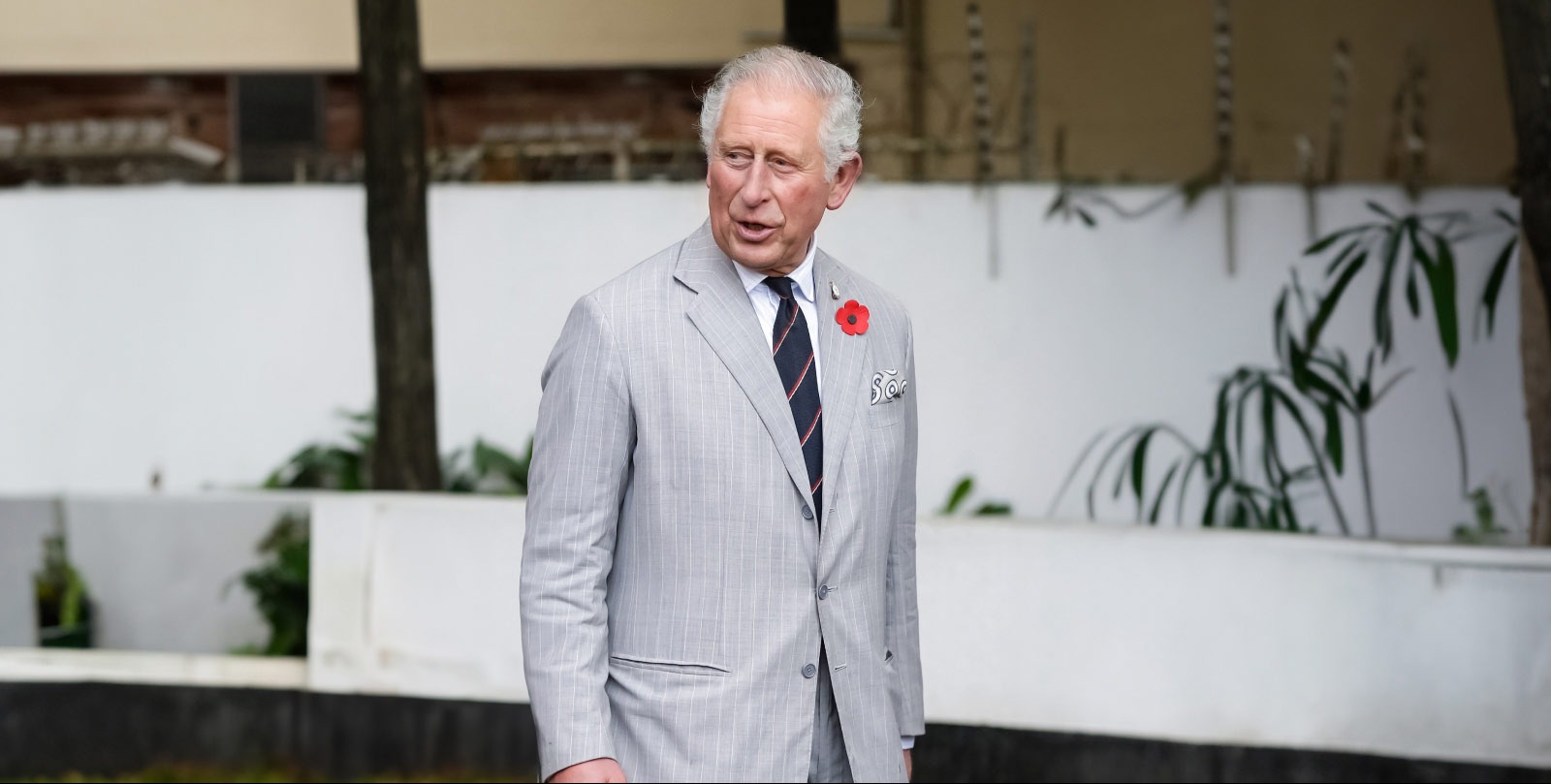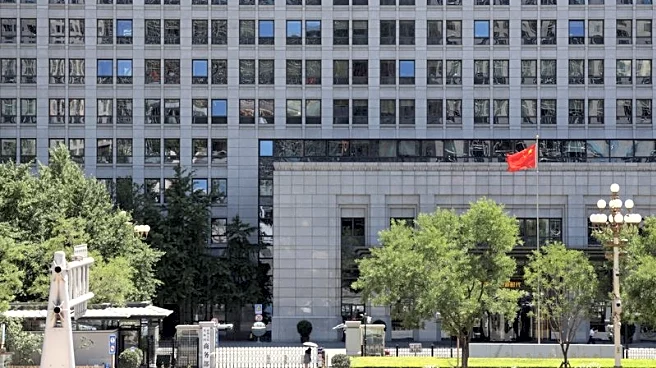What's Happening?
The concept of 'evergreen malls' is gaining traction as a viable model for sustaining retail centers in the U.S. market. These malls, typically categorized as B malls, are characterized by stable occupancy rates and consistent rent-to-sales ratios, despite not producing high sales per square foot. The term 'evergreen' suggests a mall that can endure without significant evolution, maintaining its relevance in secondary or tertiary markets. The Washington Prime Group, led by CEO Chris Conlon, is promoting this model as part of its asset portfolio, emphasizing the importance of stable anchors like Dillard's and J.C. Penney. The idea is that these malls can remain profitable with minimal investment, focusing on maintaining basic infrastructure rather than extensive renovations.
Why It's Important?
The emergence of evergreen malls highlights a shift in retail strategy, where mid-tier malls are seen as sustainable investments. This model offers a lifeline to malls that might otherwise face decline, providing a framework for maintaining profitability in less competitive markets. For investors and developers, evergreen malls represent a stable asset class with predictable income streams, potentially attracting renewed interest in mall real estate. As retail continues to recover post-pandemic, these malls could play a crucial role in revitalizing local economies and preserving jobs in the retail sector.
What's Next?
The future of evergreen malls will depend on their ability to adapt to changing consumer preferences and market conditions. As legacy anchors like J.C. Penney face challenges, these malls must explore new types of anchors or experiential concepts to maintain their status. The ongoing sale of Washington Prime Group's assets, including evergreen malls, will test the market's appetite for this model. Additionally, the broader retail industry will watch closely to see if other developers adopt similar strategies, potentially leading to a reevaluation of mall investment criteria.












